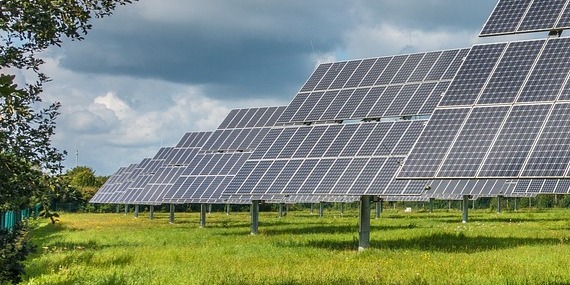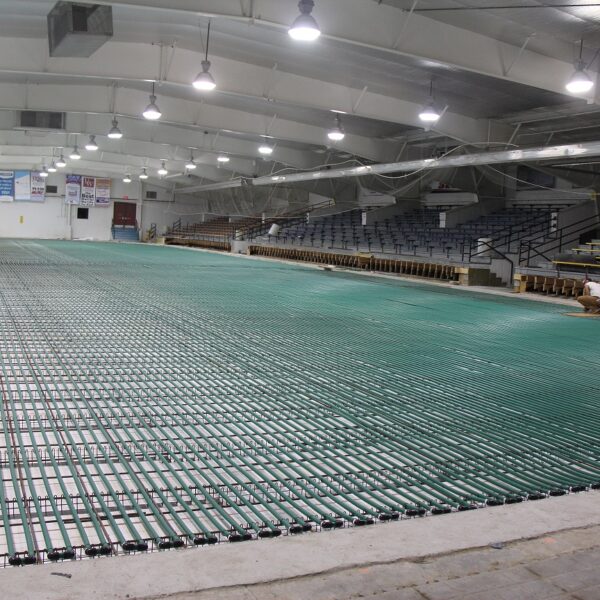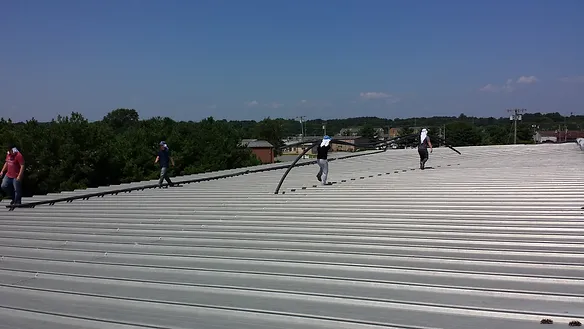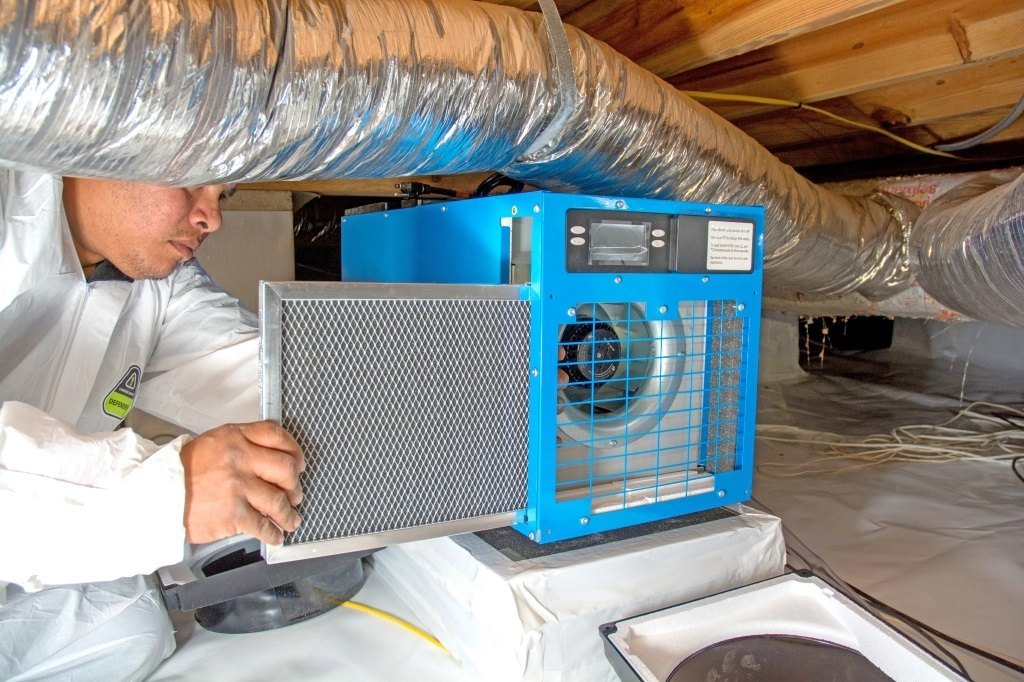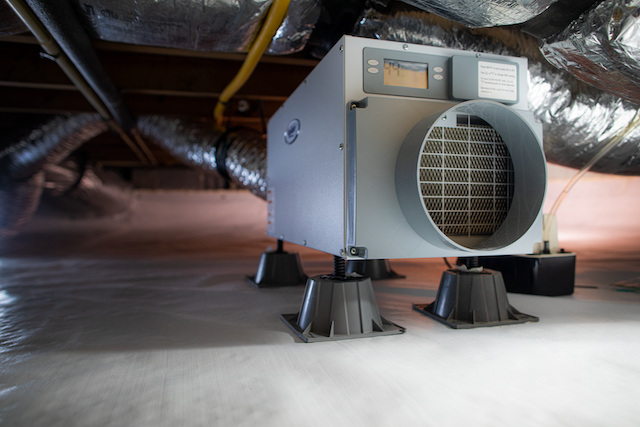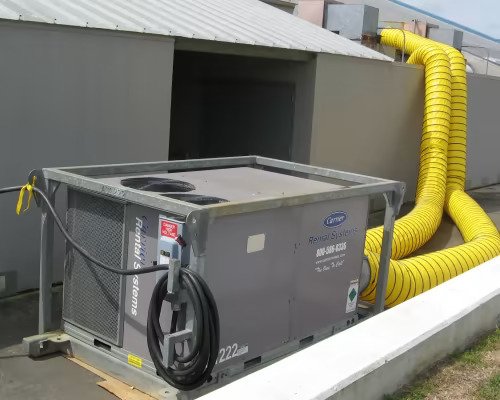Dehumidification
- Home
- Our Services
- Dehumidification
Services
Contacts
Visit Us Daily
1975 Lewis Lane Orillia, Ontario Canada L3V6H2
Have Any Questions?
+ 416-333-9306
Mail Us
dbozek@dsbmanagement,com
The Question is, "Why use Desiccant Dehumidification in Ice Arenas?"
Before we expand on that lets be very Clear

Both hockey and figure skating seasons find the neeed to be extended casuing humidity and dehumidifcation to be a real issue. The problems caused by high ambient humidity, moisture-laden air leaking into the arena during these extended seasons and then cooling to its dewpoint, makes fog, dripping and other serious problems for the facility. In effect, the ice sheet itself becomes the ehumidifier, causing moisture to first condense (fog) and then freeze. The rink chiller is typically the most expensive component to operate in recreational facilities, and this moisture load causes it to run much morethan it would without this excess burden.
DSB Management And Associates will not be undersold on any Twin Pad Arena Dehumificiation System
Before inexpensive desiccant dehumidifiers became available, it was and is still common to find a pair of 7-1/2 to 12 ton packaged refrigeration dehumidifiers. When applied to a very tight building with virtually no ventilation, the more visible effects of high humidity could be reduced. This was universally accepted to be a marginal solution, however.
DSB’s desiccant manufacturer has specialized in applying Desiccant Dehumidifiers to Ice Arenas for over 25 Years. The first desiccant system replaced a system comprised of a cold coil fed with Glycol from the rink chiller and a hot water coil used to reheat the air. The customer had complained of limited dehumidification in the spring, summer and fall, coupled with high energy costs associated with the low temperature chiller. This was predictable since a cold-coil/re-heat scheme simply cannot achieve dewpoints low enough to arrest condensation on the cold ice sheet. This is true of both brine coils and DX packaged dehumidification units.
A properly sized desiccant system is the most cost effective way to condition an ice arena to eliminate fog and condensation because it is the only reasonable way to get very low humidity air; typically 10° F to 20°F dewpoint. Depending on fuel pricing and availability it can also yield significant energy savings for the rink. Sizing a desiccant system requires care in order to properly calculate the dehumidification control level and capacity requirements of the arena and to review fresh air ventilation requirements. Current building codes in North America typically require compliance with the International Mechanical Code, requiring ventilation for spectators plus outside air based on the size of the ice sheet.
Outside air is important to maintain good indoor air quality, yet represents the highest moisture load that the dehumidifier will see. Mechanical designers must consider acceptable ventilation for the facility. Often, local building standards departments will allow reasonable lesser ventilation volumes, since large outdoor air requirements require more mechanical equipment than is commensurate with the budget.
Other significant moisture loads that must be accommodated include leaky building construction, quantity of people, doors and resurfacer operations. For a typical recreational ice arena, a desiccant system is sized to maintain approximately 35° F dewpoint in the arena. Removing water vapor with a desiccant unit before it can affect the ice surface relieves latent load on the low temperature rink chiller system. A desiccant unit supplies air at a 10° F to 20° F dew-point to control the infiltrated moisture load and condition outside ventilation air A normal, occupied small recreational arena requires approximately 50 lbs. per hour water removal rate exclusive of any outdoor ventilation air. This load must be added to outdoor air moisture load. Generally, during humid weather, each 1,000 CFM of outdoor air also introduces 50-60 pounds per hour of additional moisture load!
Desiccant Dehumidification systems use heat energy to remove collected water vapor from the desiccant. (Referred to as “reactivation” or “regeneration”) This energy can be propane, natural gas or electricity. Typically, natural gas will provide the best cost/benefit compared to electricity, but facilities in different geographical regions should compare energy sources to select the most economical fuel source. When the desired humidity condition within the arena has been met, this “reactivation” heat energy will simply cycle off to achieve the most economical performance. Because a desiccant unit removes water as vapor, it is unaffected by cold temperatures. The ability of desiccant systems to deliver dewpoints below freezing allows arena operators to minimize the cost of running the rink refrigeration system while eliminating humidity concerns. Conversely, the reactivation system adds some heat to the dehumidified air stream, but is offset by the cooling effect of the ice sheet. NOTE Heat Recovery will reduce operating costs of the desiccant in a preheat application.
By contrast, a glycol dehumidification system or packaged refrigerated dehumidification unit is restricted to supply air conditions above a 38°F dewpoint. Lower delivered air temperatures require a defrost system that can actually evaporate water vapor back into the arena while the coil defrosts. Given normal internal loads,
high humid conditions will exist in the arena. some use a higher setpoint in the ice shed area but that only masks the problem with humidity being suspended.
The current interest in glycol or brine dehumidification coils offers an interesting perspective to those of us who remember replacing so many ineffective cool/re-heat units over the years. Limited dehumidification without a natural gas service is the attraction. These systems, however add electrical loads and run-time to the expensive rink chilling equipment, negating potential savings. Ice plant compressor rebuild comes much sooner since operating hours significantly increase to accommodate the additional load. Often ignored is the complexity of such a system when compared with a simple packaged DSB desiccant dehumidification unit. Tying into the rink ice-plant involves piping, pumps, heat exchangers and complex control schemes to facilitate defrost cycles, and attempt to achieve the lowest leaving temperature in order to attempt to keep fog under control. A DSB Twin cycel system has very few moving parts, is a simple and concise approach, reduces electrical loads by transferring the dehumidification duty and most of the latent load from the ice-plant.
Our new optional Dewpoint Control System takes the guesswork out of unit operation and prevents over-drying the space, so gas utilization is less. This system corrects the major reason too many arena managers perceive that they have high gas bills, which is setting the humidistat too low. Even more savings can be realized with our new Reactivation Heat Recovery module which recovers some of the reactivation outlet heat to reduce fuel burn.


